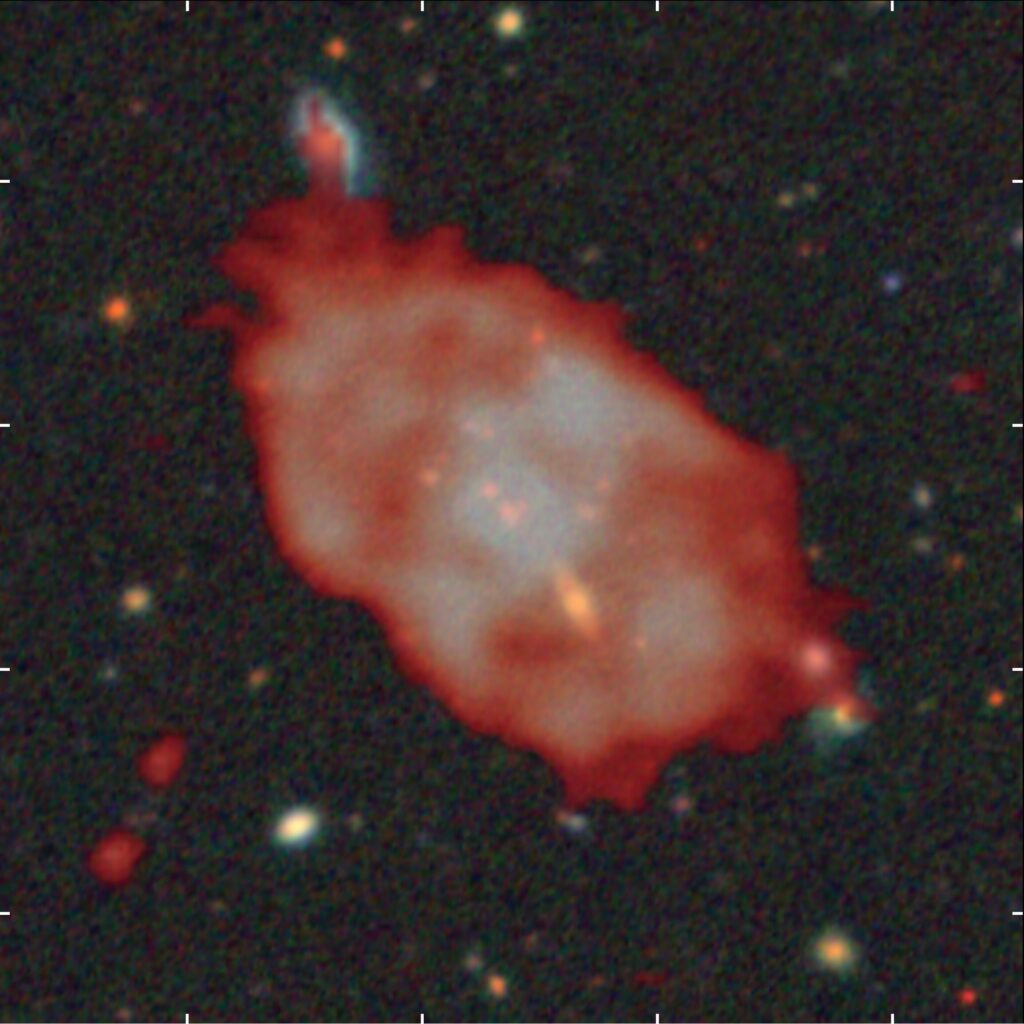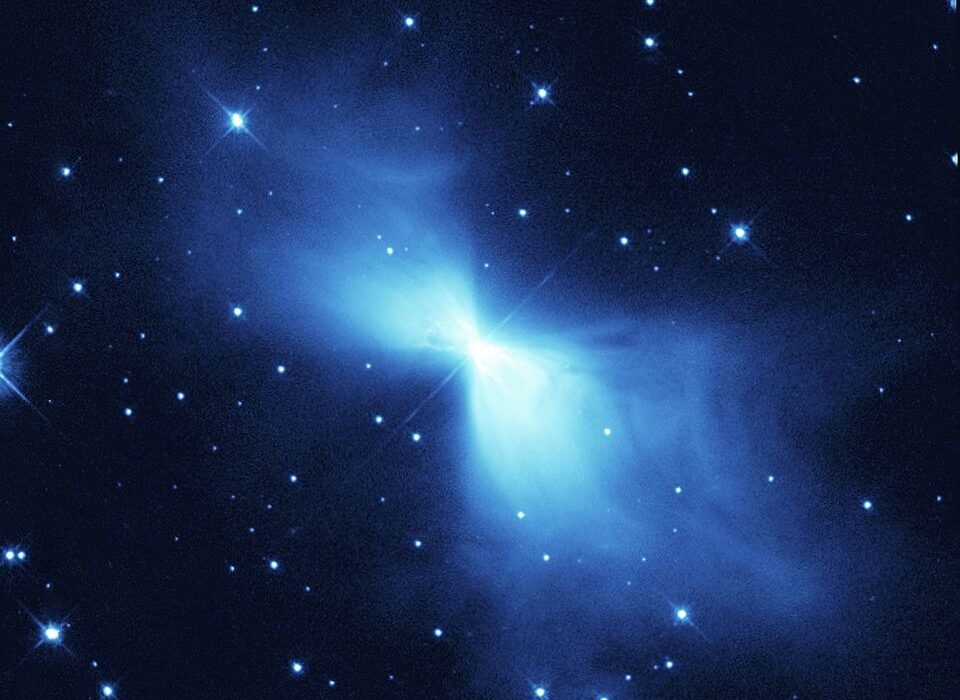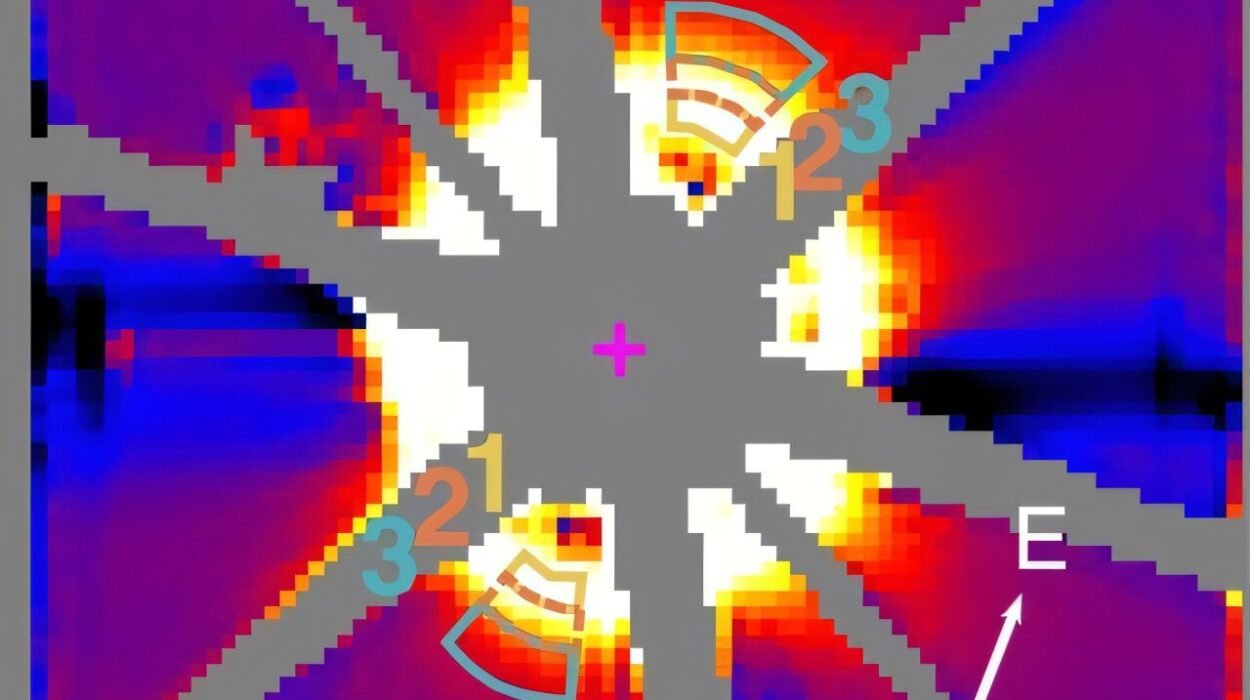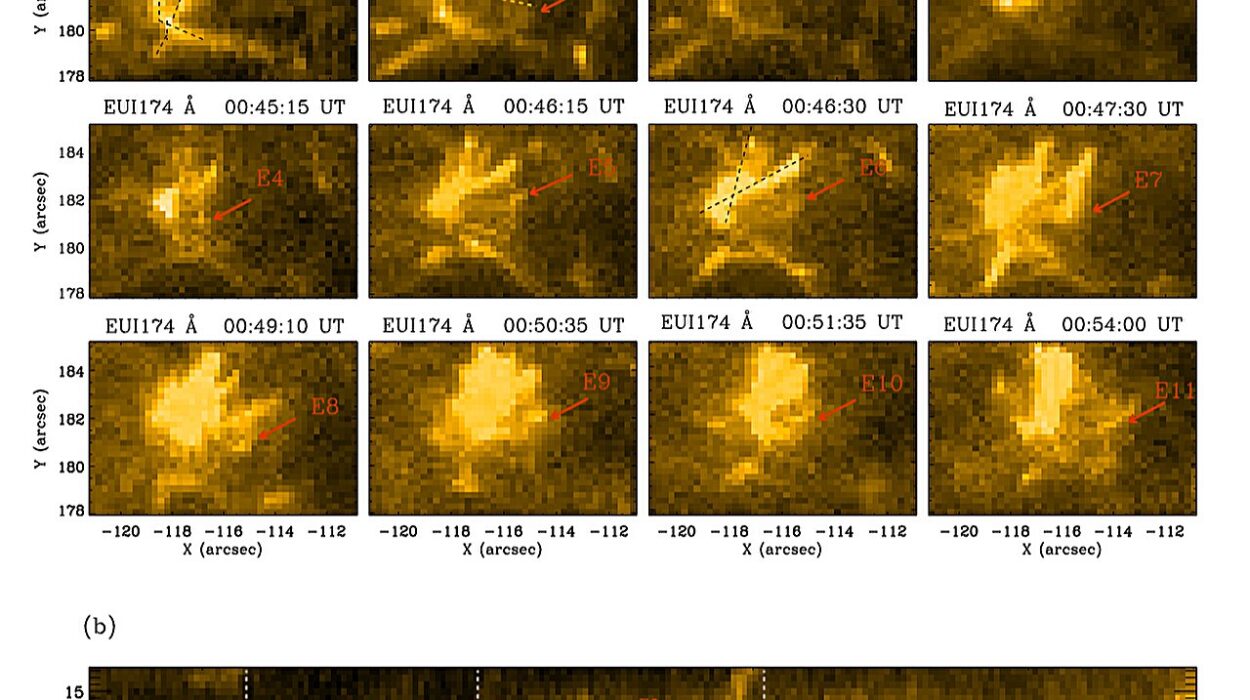Astronomy is full of surprises. Just when we think we understand the cosmic stage, something unexpected appears, challenging our imagination and forcing us to rewrite what we know about the universe. Such is the case with one of the strangest and most beautiful phenomena discovered in recent years: the Odd Radio Circles, or ORCs.
These faint, ring-shaped structures, invisible to our eyes but glowing in the radio part of the electromagnetic spectrum, were first detected only six years ago. Since then, astronomers have puzzled over their origin. Now, a new breakthrough has revealed the most distant and most powerful ORC ever seen, adding both wonder and complexity to the enigma.
What Exactly Are Odd Radio Circles?
Odd Radio Circles are not ordinary cosmic objects like stars, planets, or galaxies. They are vast, faint rings of radio emission that surround galaxies, stretching across millions of light-years. To put their scale into perspective, many ORCs are ten to twenty times larger than our Milky Way galaxy.
What makes them especially intriguing is that they appear only in the radio spectrum. If you looked at them with an optical telescope, you would see nothing unusual. But through the sensitive eyes of radio telescopes, these rings of light emerge—ghostly halos made of relativistic, magnetized plasma, swirling in ways that remain difficult to explain.
The mystery is not just in their form but in their origin. Why do these colossal rings exist? What force of nature has the power to carve such structures into the fabric of space?
Competing Theories of Origin
From the moment ORCs were first discovered, astronomers have speculated about their cause. One idea is that they result from shockwaves triggered by violent cosmic events—such as the merger of two supermassive black holes or the collision of galaxies. Such cataclysmic interactions would unleash enormous amounts of energy, rippling outward like circles in a pond.
Another possibility is that ORCs are linked to superwinds—powerful outflows of gas and plasma driven by the central activity of galaxies. When supermassive black holes feed on matter, they often release jets and winds that blow into surrounding space. Over time, these outflows could create ring-shaped structures on galactic scales.
The truth is that ORCs may not have a single explanation. They could represent a new class of cosmic phenomena, or a family of related processes that only now, with advanced telescopes, are coming into view.
The Record-Breaking Discovery
The most recent breakthrough comes from researchers led by the University of Mumbai, working with the help of the RAD@home Astronomy Collaboratory—a citizen science platform where volunteers contribute to real research. Using the Low-Frequency Array (LOFAR), the world’s most powerful low-frequency radio telescope, they identified a remarkable new ORC: RAD J131346.9+500320.

This object is extraordinary for several reasons. First, it lies at a redshift of around 0.94, meaning we are seeing it as it was when the universe was about half its current age. That makes it the most distant ORC ever observed. Second, it is also the most powerful ORC known, radiating enormous energy across space. And third, it has not one but two intersecting rings—a feature seen in only one other ORC so far.
The discovery sparks more questions than it answers. Why two rings? What cosmic mechanism could produce such a shape? Is this a rare exception, or are double-ringed ORCs more common than we think, waiting to be uncovered with more sensitive instruments?
The Role of Citizen Science
What makes this discovery even more remarkable is the way it was made. RAD J131346.9+500320 is the first ORC discovered by citizen scientists. Ordinary people, working in collaboration with professional astronomers, identified the faint rings and brought them to the attention of the scientific community.
Dr. Ananda Hota, founder of the RAD@home Astronomy Collaboratory, expressed the significance of this achievement: “This work shows how professional astronomers and citizen scientists together can push the boundaries of scientific discovery. ORCs are among the most bizarre and beautiful cosmic structures we’ve ever seen—and they may hold vital clues about how galaxies and black holes co-evolve, hand-in-hand.”
In an era dominated by artificial intelligence and automated surveys, this discovery is a reminder that human eyes and intuition remain invaluable in science. The cosmos is not just mapped by machines—it is interpreted by people.
LOFAR: The Telescope That Sees the Invisible
Behind this breakthrough lies the extraordinary capability of LOFAR (Low-Frequency Array). Unlike traditional telescopes with a single dish, LOFAR is a vast network of simple antennas spread across Europe, working together as one giant instrument.
Operating at frequencies between 10 and 240 megahertz, LOFAR is uniquely suited to detect faint, large-scale radio structures like ORCs. Its sharp sensitivity allows astronomers to peer billions of years into the past, observing the early universe and the processes that shaped galaxies long before our sun was born.
With LOFAR, astronomers can survey vast regions of the sky, mapping phenomena invisible to optical telescopes. ORCs are only the beginning of what this telescope may reveal.
Companions in the Discovery
Alongside the record-breaking ORC, researchers also uncovered two other unusual cosmic giants.
The first, RAD J122622.6+640622, is a galaxy nearly three million light-years across—more than twenty-five times the size of the Milky Way. One of its jets suddenly bends sideways, as if deflected by invisible forces, and then blows a spectacular radio ring about 100,000 light-years wide.
The second, RAD J142004.0+621715, stretches across 1.4 million light-years. It shows a radio ring at the end of one jet, while another narrow jet shoots in the opposite direction.
Both galaxies reside in dense galaxy clusters, environments filled with searing hot plasma. Their shapes suggest that interactions between relativistic jets and the surrounding matter sculpt these dramatic structures. These findings hint that ORCs and related radio rings may be more common in cluster environments than previously thought.
The Bigger Picture
Together, these discoveries suggest that Odd Radio Circles are not isolated oddities but part of a larger cosmic story. They may be one of many ways in which black holes, galaxies, and their environments interact.
Co-author Dr. Pratik Dabhade, from the National Center for Nuclear Research in Poland, emphasizes this point: “These discoveries show that ORCs and radio rings are not isolated curiosities—they are part of a broader family of exotic plasma structures shaped by black hole jets, winds, and their environments. The fact that citizen scientists uncovered them highlights the continued importance of human pattern recognition, even in the age of machine learning.”
The implication is profound: ORCs are windows into the relationship between galaxies and the supermassive black holes at their centers. By studying them, we may learn how galaxies grow, evolve, and shape the cosmic web itself.
Looking Ahead: The Next Generation of Discoveries
The story of ORCs is only beginning. The upcoming Square Kilometer Array (SKA), which will be the largest and most sensitive radio telescope in history, is expected to uncover many more of these mysterious structures. With its unprecedented power, SKA could reveal ORCs in incredible detail, showing their internal structure, their relationship to host galaxies, and perhaps the processes that generate them.
Meanwhile, new optical surveys—such as the Dark Energy Spectroscopic Instrument (DESI) and the Vera C. Rubin Observatory’s Large Synoptic Survey Telescope (LSST)—will help identify the galaxies associated with ORCs, measuring their distances and environments. By combining radio and optical data, astronomers can build a comprehensive picture of these phenomena.
We stand at the threshold of a new era in radio astronomy, where phenomena like ORCs remind us that the universe still holds countless secrets.
The Beauty of the Unknown
Odd Radio Circles are more than scientific curiosities—they are cosmic art. Vast, glowing rings spanning millions of light-years, they evoke the image of ripples on a galactic pond, frozen in time. They remind us of how little we truly know about the universe and how much there is still to discover.
That mystery is part of their beauty. In their ghostly outlines, we glimpse the unimaginable forces at play: black holes colliding, galaxies breathing out winds of plasma, jets bending under the weight of cosmic environments. They are symbols of the deep interconnectedness of cosmic structures, where even invisible plasma winds can sculpt shapes of breathtaking scale.
A Shared Human Triumph
What makes this discovery especially moving is that it was not achieved by scientists alone but by scientists and citizens working together. The universe belongs to all of us, and its exploration is richer when many eyes and minds join in the search.
ORCs remind us that discovery is not the privilege of the few but the shared adventure of humanity. With every faint ring we uncover, we deepen our understanding of how galaxies live and die, and we reaffirm the timeless human impulse to seek meaning in the sky.
Conclusion: Circles in the Cosmos
The discovery of the most distant and powerful Odd Radio Circle is not the end of a mystery—it is the beginning of a deeper one. As astronomers strive to explain their origins, ORCs will continue to challenge our theories and inspire our imagination.
These rings, billions of light-years away yet visible to us through radio waves, connect us to cosmic processes on the grandest scales. They show that the universe is still full of surprises, that even in the 21st century we are explorers charting an unknown frontier.
In the silence of space, faint circles whisper stories of galaxies, black holes, and plasma winds. They are messages written in radio light across the canvas of the cosmos—enigmatic, beautiful, and waiting to be understood.
More information: Ananda Hota et al, RAD@home discovery of extragalactic radio rings and odd radio circles: clues to their origins, Monthly Notices of the Royal Astronomical Society (2025). doi.org/10.1093/mnras/staf1531






